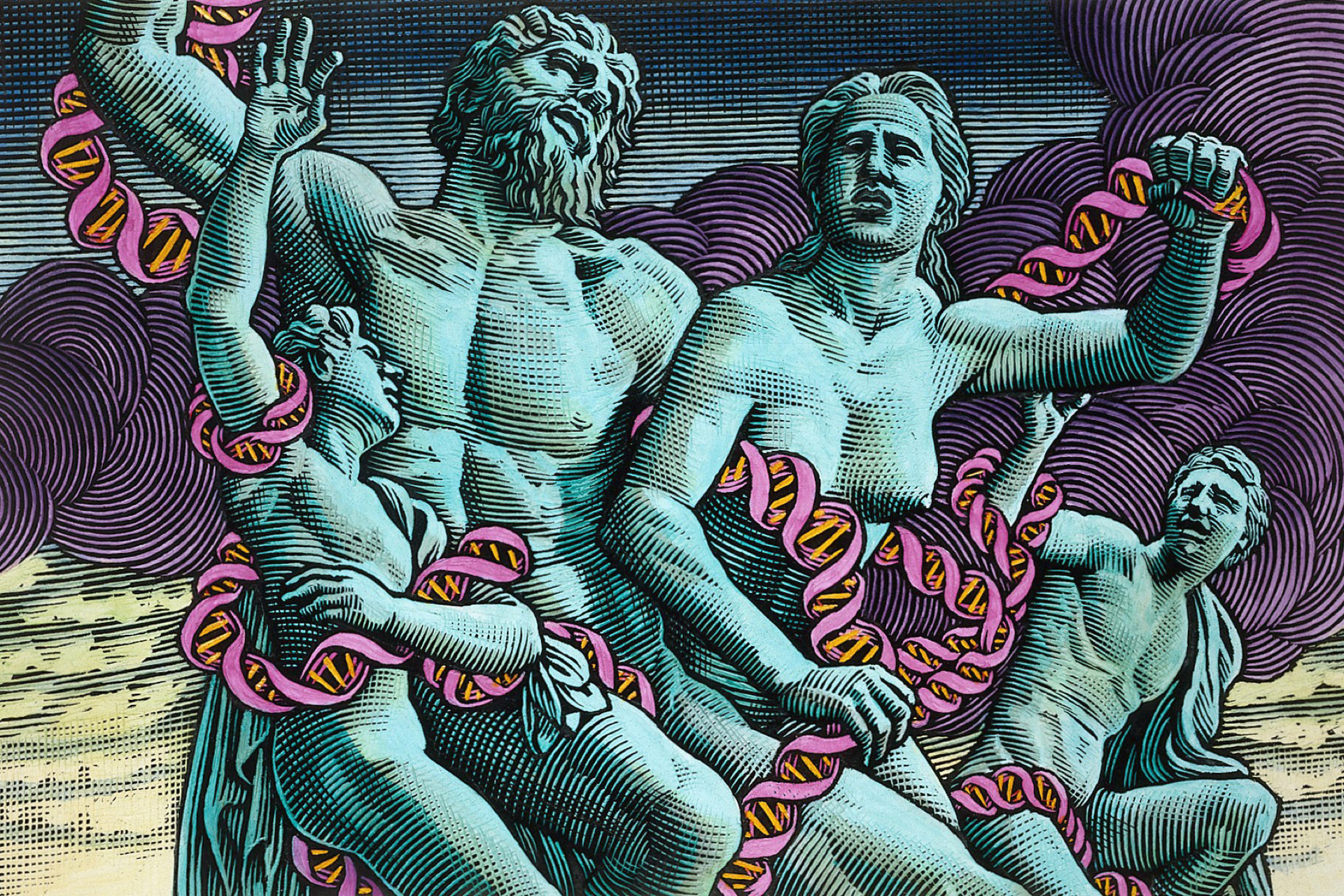The UK's fertility regulator, the Human Fertilisation and Embryology Authority (HFEA), has made its first set of decisions following the outcome of its recent consultation on sperm and egg donation, known as the Donation Review. Having analysed responses to the Donation Review, HFEA staff asked HFEA members to approve a series of recommendations at a meeting on 13 July. All of these recommendations were ultimately approved, but in several instances the decision had to be put to a vote and there was a dissenting minority. Additionally, the wording of some of the recommendations was amended during the course of the discussion.
The most straightforward decision made by the HFEA was that the maximum number of families which a sperm or egg donor is permitted to create should not be changed, and that the current maximum limit of 10 should remain. The HFEA also resolved to take steps to encourage clinics to make optimum use of the donor sperm already available, because there is currently a disparity between the maximum number of families that that an individual donor is permitted to create and the number of families that are actually being created from the sperm of individual donors. (The precise size of and reasons for this disparity are disputed.)
The HFEA also decided to issue guidance stating that sperm and eggs should not be mixed if they come from very close genetic relatives (for example, brother and sister or father and daughter). If such mixing took place in vitro then this would not technically fall afoul of the UK's legal prohibition on incest. Such mixing is never known to have occurred, but the HFEA decided it was appropriate to issue specific guidance on the matter at this time.
The mixing of sperm and eggs of close relatives is a very different matter from the replacement of someone's sperm or eggs with sperm or eggs donated by a close relative (for instance, a man's wife being fertilised with his brother's sperm, or a woman becoming pregnant with a child conceived using an egg donated by the woman's mother). It was decided that this sort of replacement of sperm or eggs within families should remain permitted, but that 'best practice' in this area should be formulated by the HFEA, in collaboration with professionals and interest groups. It was also decided that clinics should be required to submit data about this sort of donation to the HFEA, so that its prevalence can be established.
Finally, the HFEA considered whether donors should be permitted to place conditions on the use of their sperm and eggs, and if so, then what sorts of conditionality should be permitted. For example, should a sperm donor be permitted to specify that their sperm cannot be used (or alternatively, can only be used) to treat a lesbian, or a single woman, or a woman of a particular ethnicity, religion or age? This is an area where two different parts of UK law (fertility legislation and equalities legislation) are potentially in conflict with one another, and therefore it poses a difficult problem for the HFEA.
The HFEA eventually decided to permit the placing of conditions, but to issue guidance qualifying this permission according to different contexts. This decision was made despite vocal dissension from some members, who wanted the placing of conditions to be prohibited apart from in exceptional circumstances.
The HFEA will make a further set of decisions based on the outcome of the Donation Review later this year. This next set of decisions will concern how much and what sort of compensation (financial and otherwise) sperm and egg donors should be permitted to receive for their donation.





Leave a Reply
You must be logged in to post a comment.